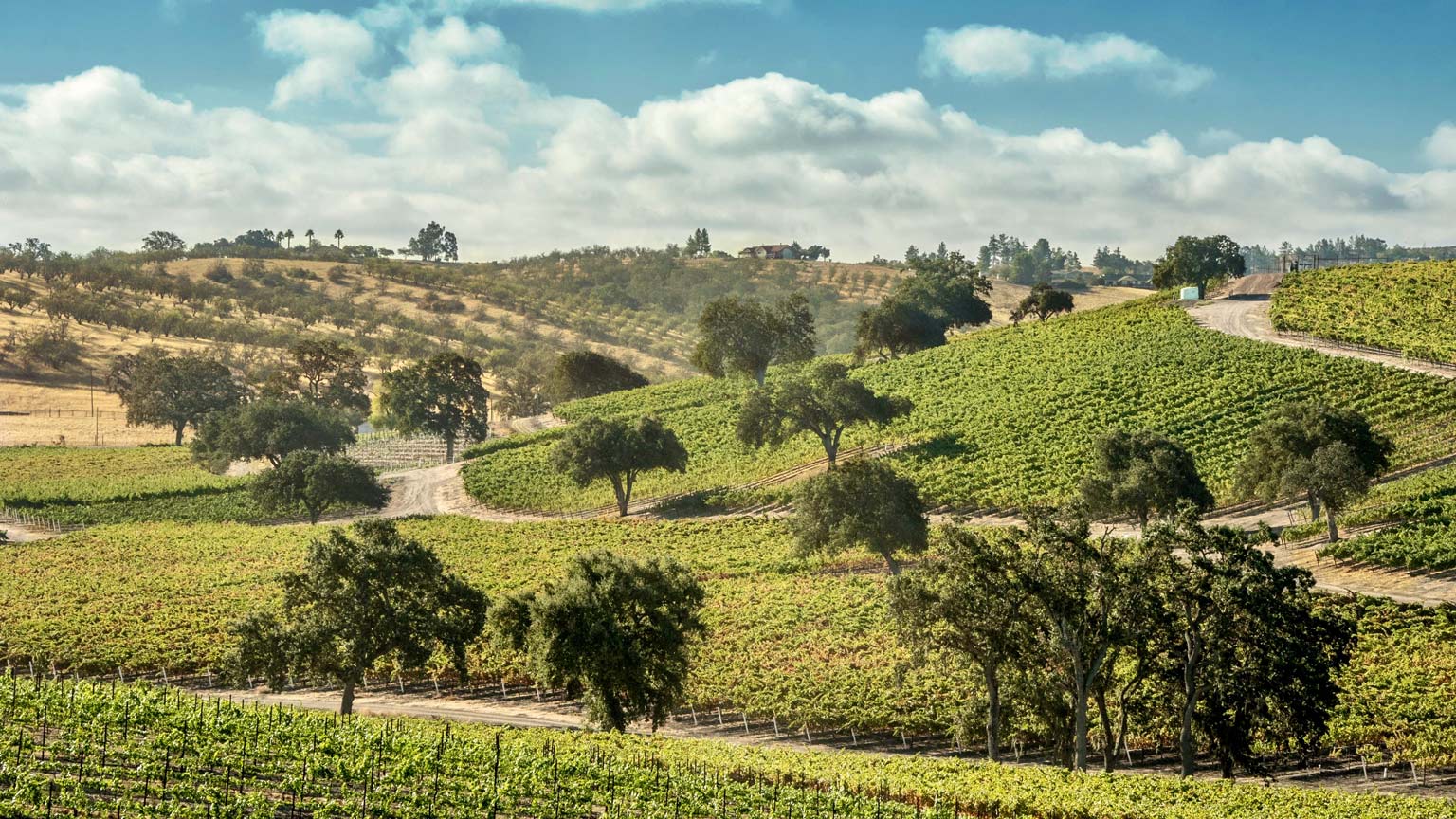Nose
The 2015 Russian River Reserve has a beautiful nose of candied cherry, blackberry,
plum and sage.
Palate
The palate is rich and intense, yet incredibly silky, with juicy dark
berry flavors joined by lighter raspberry notes, and a flinty, mineral component that
adds remarkable complexity. The mouthfeel is wonderfully silky, with fully resolved
tannins and good acidity carrying through on the finish.
Growing Conditions
Our Russian River Reserve Pinot Noir is a best-barrel selection from the Winside vineyard,
planted in 1997. We have developed an intimate knowledge of the blocks over the past
20 years, but we have found that several of the blocks are close enough in pedigree that
the ultimate quality in a given vintage comes down to the vagaries of the growing
conditions and fermentations that year. For this reason, when it comes time to select the
blend for the Russian River Reserve, we keep an open mind, and allow the wine in barrel
to dictate the final blend. In 2015, the Dijon 667 proved to be the better wine, and so is
the predominate part of the blend.
Harvest
By 2015 California was well into its five-year drought, and we saw essentially no rain during the summer
and fall. Following the trend of 2014, budbreak was very early, and the season was well underway by
mid-March. Growers were fortunate with similar conditions in 2014, but in 2015 our luck ran out and
the early flowering in April coincided with some very unsettled weather. Seesawing temperatures, high
winds, and abrupt changes from foggy and cloudy to sunny and calm were frequent for nearly six weeks.
These wild swings led to shatter as flowering was interrupted, and some vineyards saw crops reduced by
as much as 75%. At Donum we were relatively fortunate, averaging only about 20% loss across all
blocks. This weather gave way to a fairly mild and even summer until August, when heat spikes returned
and we saw several spikes in which temperatures approached triple digits. This can lead to some difficult
picking decisions, as it is always risky to leave crop that is almost ripe hanging through such extreme heat.
Once again we were perhaps more fortunate than some of our colleagues, and our ripening schedule
lined-up such that we were able to harvest some blocks just before each heat spike, while the rest were
able to hang through the heat. Overall the quality was very high in 2015, and the wines have plenty of
structure indicating they should age well.
Bottling
In December of 2016 we tasted through
and selected the best barrels, and assembled and bottled the Reserve blend in January of 2017.
Winemaking
The Dijon 667 block was picked in two passes in 2015, one the last week of August and one the first
week of September. Both lots cold-soaked for about a week, and then fermented slowly over the
course of about two weeks. During fermentation the cap was punched down two or three times
daily, with occasional pumpovers mixed in to provide oxygen to the fermentation.
Aging
Once primary fermentation was completed the free-run wine was racked to barrel to undergo malolactic
fermentation, followed by about a year of sur lie ageing.






